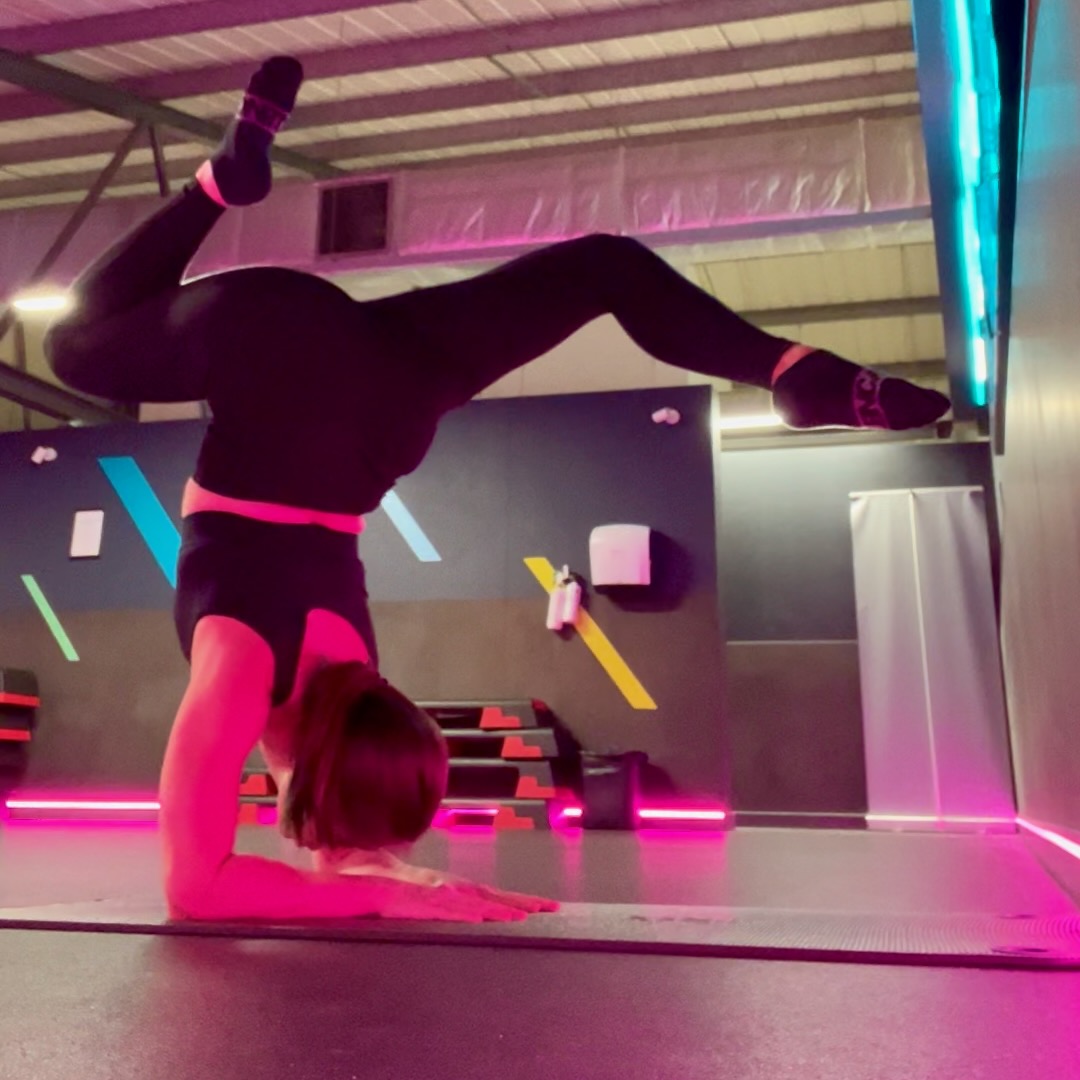01. Overview
Sage People (£26M ARR) is a Salesforce-based, white-label B2B SaaS HR suite serving 500k end users worldwide. It helps mid-size multinational organisations manage HR, payroll, and talent acquisition with highly customisable workflows, global compliance, and branding flexibility.
This project focused on the employee-facing portal where end users (employees) complete HR tasks such as booking time off, submitting reviews, managing teams and updating personal information, while HR managers share company news and collect employee data.
Project goal was to design a modern, user-friendly, and accessible employee portal that elevates customer satisfaction, strengthens brand and functional customisation, and improves business outcomes. Specifically, we aimed to:
- Increase NPS and overall customer satisfaction with the product UX
- Reduce customer churn caused by poor UX
- Support sales by providing a competitive, intuitive product experience
- Decrease daily employee queries to admins by making the product more intuitive
2022 – 2023
Redesign of Sage People’s employee web portal
1 Design Lead (me), 1 Supervising Designer, Nick Antram (Principal UX Designer)
Support: Sage Design System, Brand, Accessibility, Motion Design
- Defined the new UI strategy and led all the design stages for the redesign of the homepage, profile, and navigation.
- Partnered with the Design System team, contributing HR components and UX insights.
- Presented to 200+ customers in webinar and launched post-release survey to measure success.
- Led continuous improvements in 2024, refining homepage and navigation.
- UX & Visual Design: Delivered a modern, accessible, and brandable UI that became the signature homepage of Sage People, recognisable to customers and competitors.
- Strategic Thinking: Created a scalable design foundation that guided all subsequent Workforce Experience pages and features.
- User-Centered Research: Conducted interviews, surveys, and usability testing across multiple personas to inform design decisions.
- Stakeholder Leadership: Facilitated workshops with 20+ stakeholders and presented design strategy to 200+ webinar participants.
- Data-Driven Impact: Validated design through NPS (+21 points), UX satisfaction (+25%), and a post-launch survey showing high ratings across homepage usability, layout, and aesthetics.




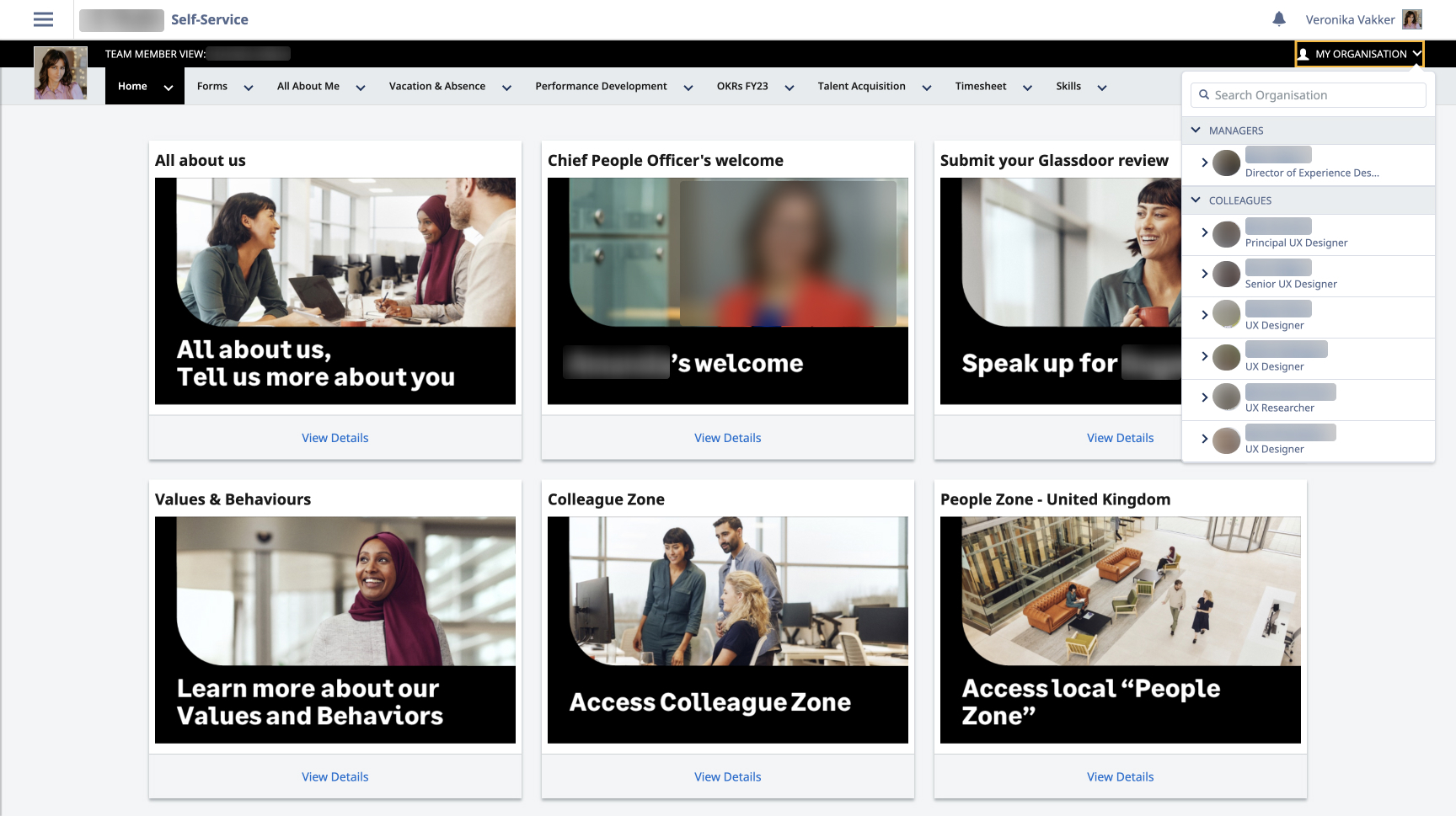
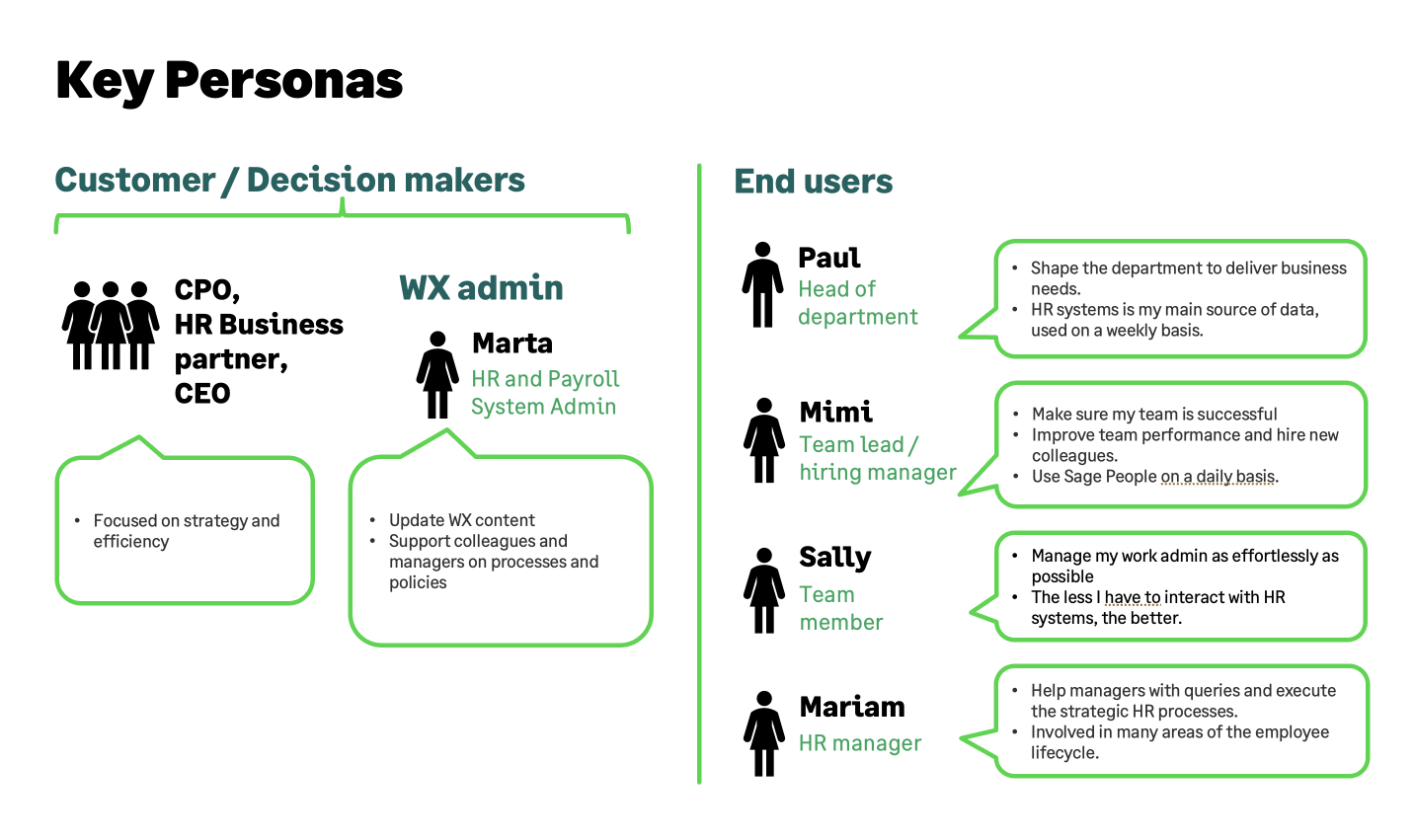
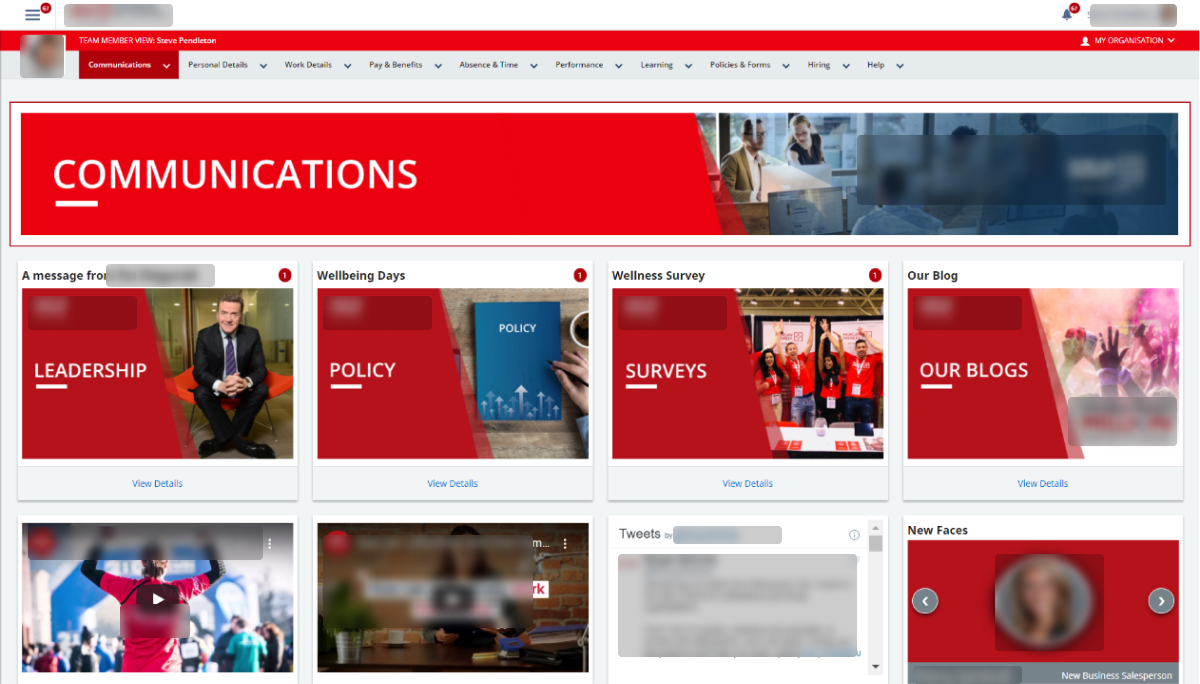
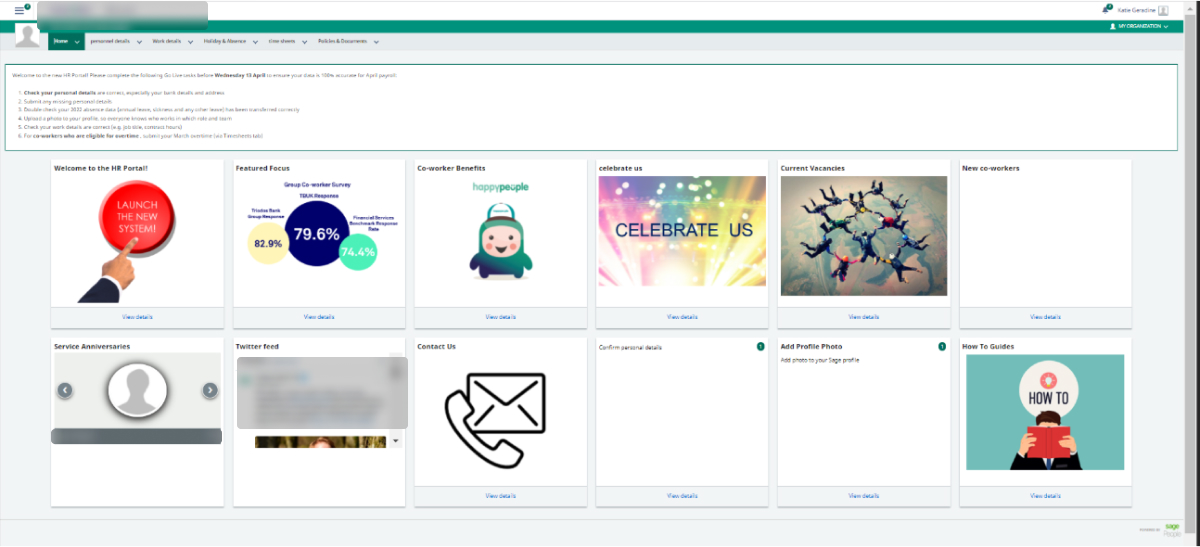
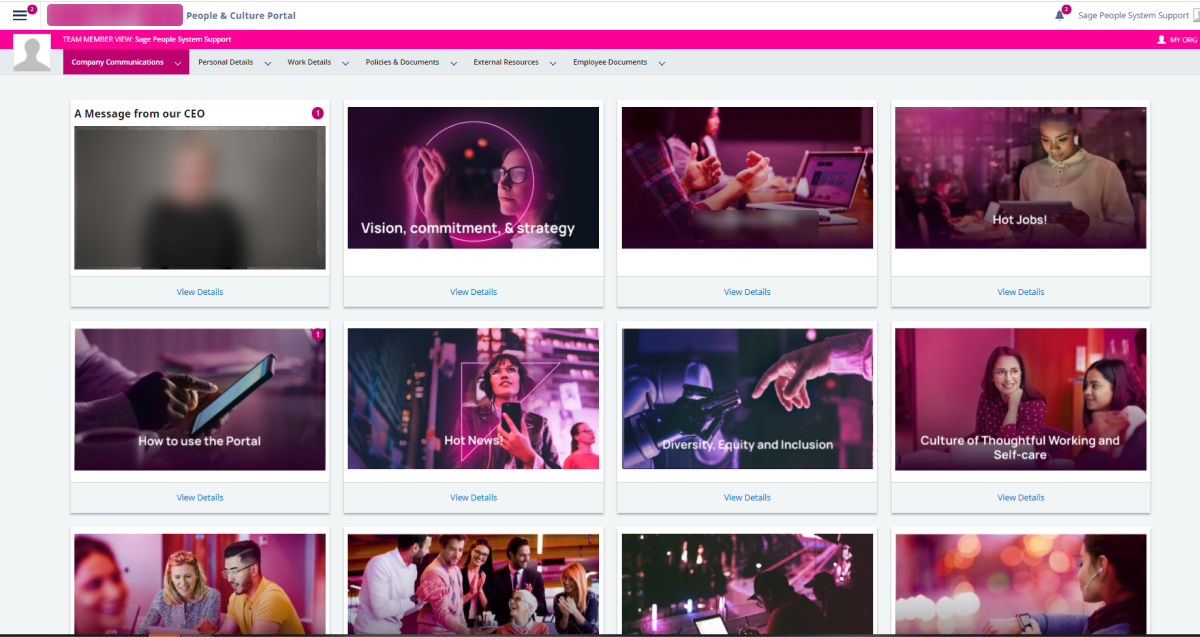
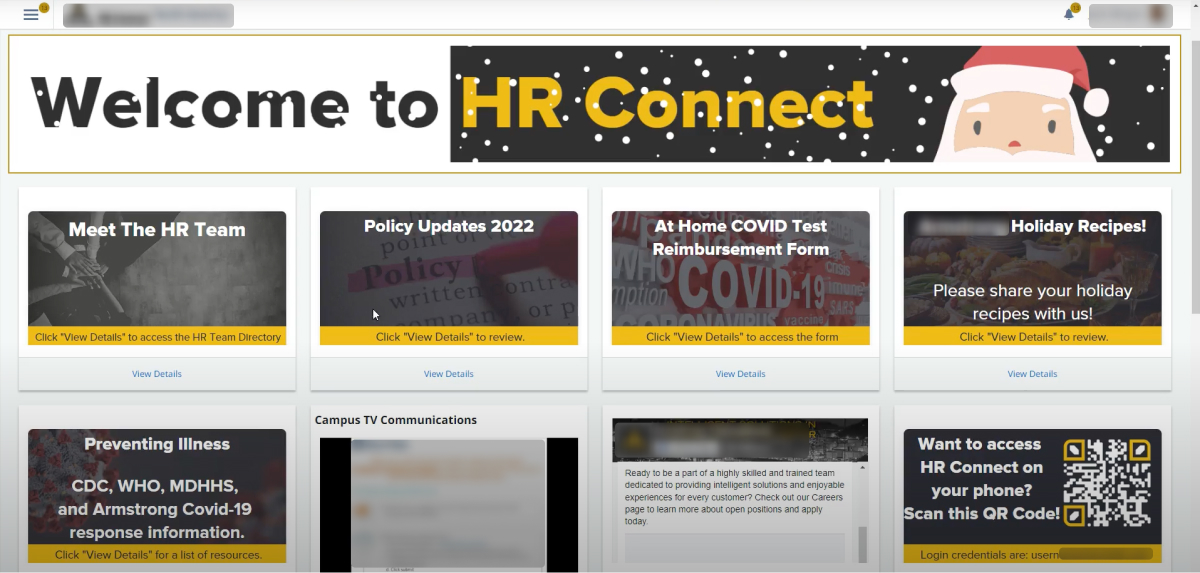
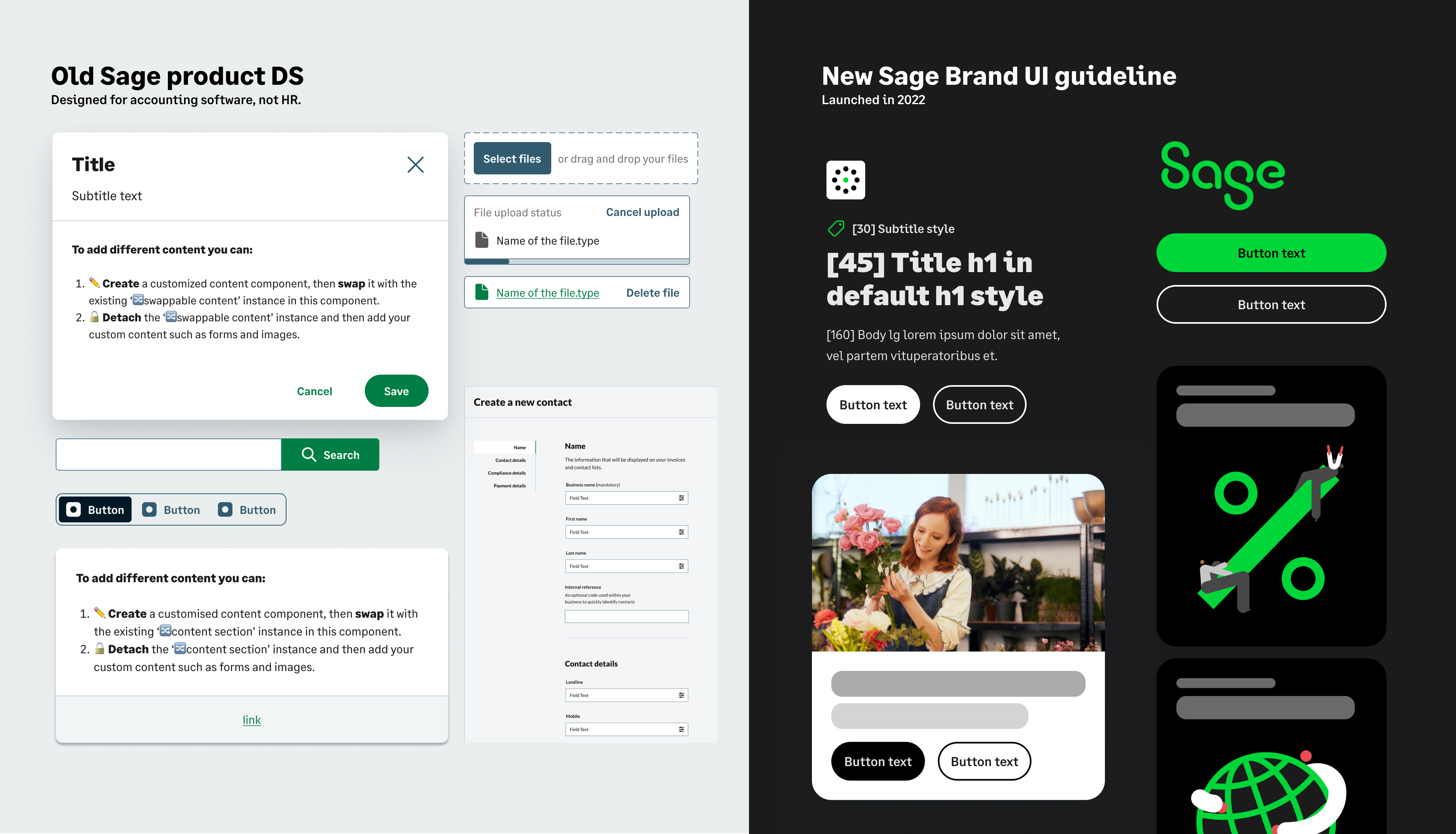
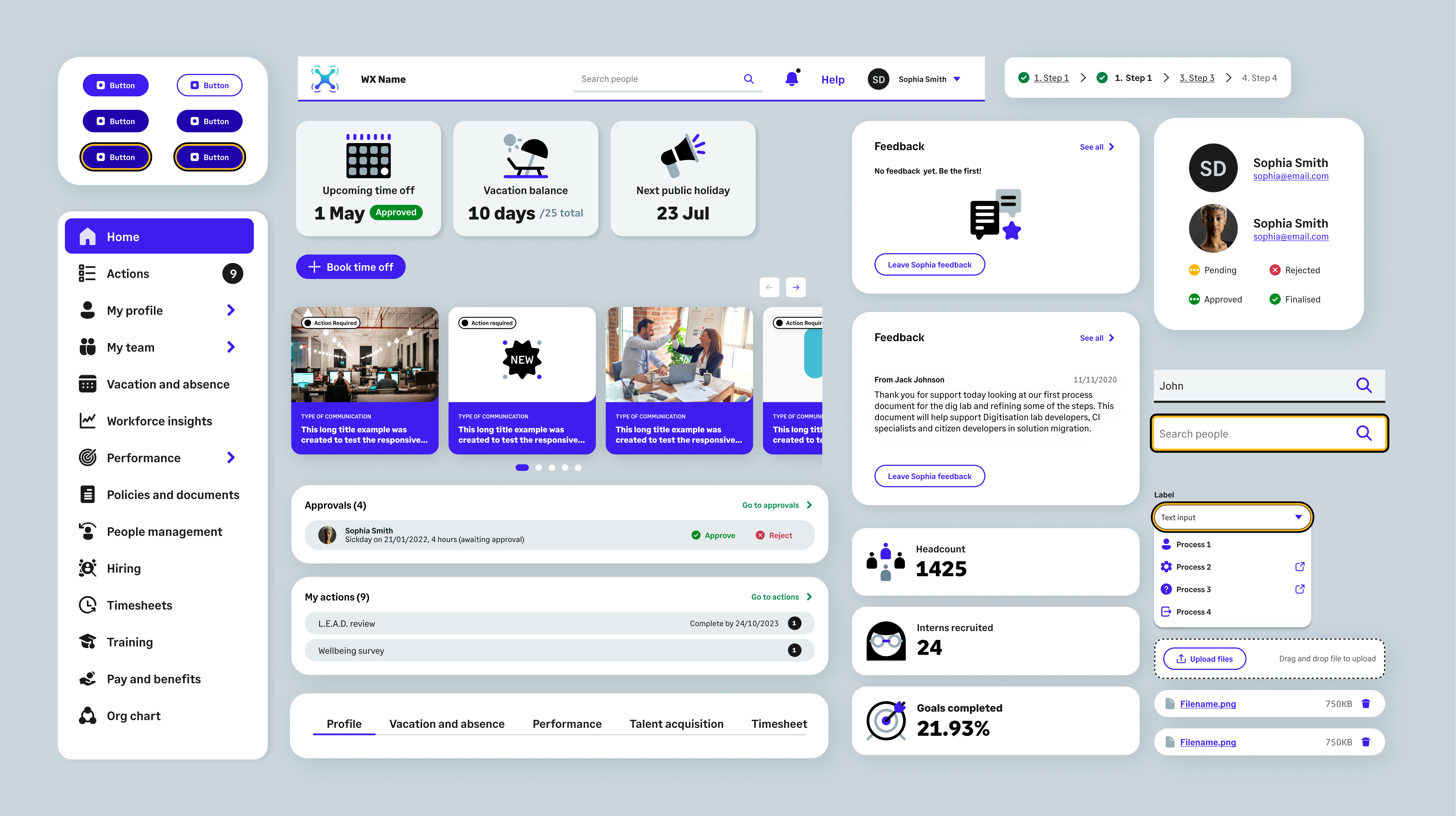
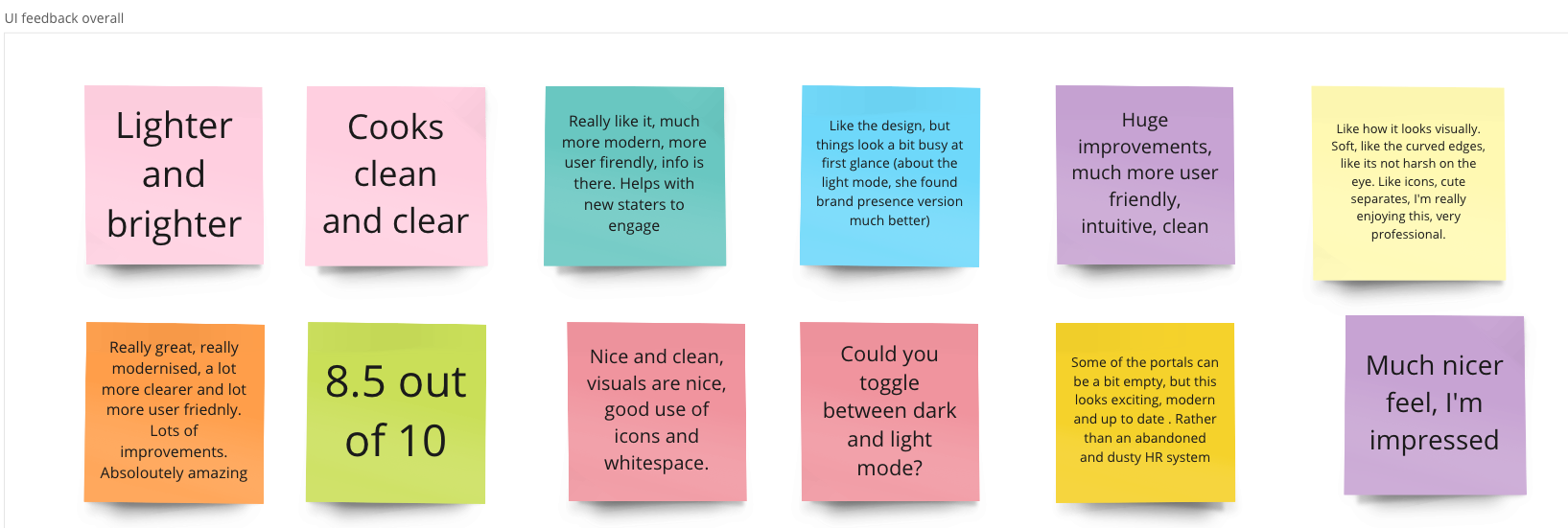
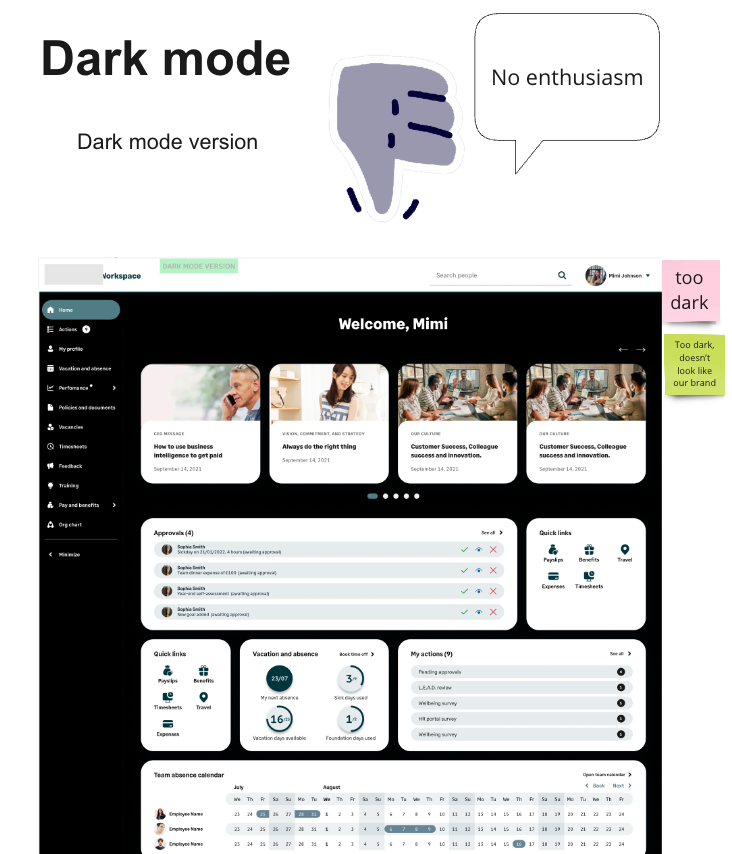

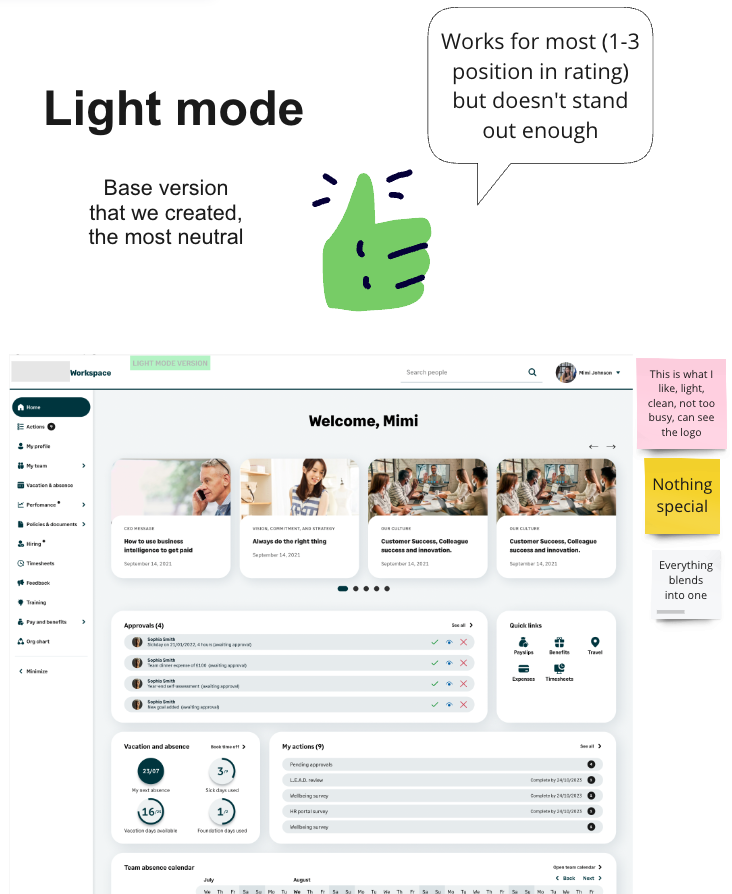
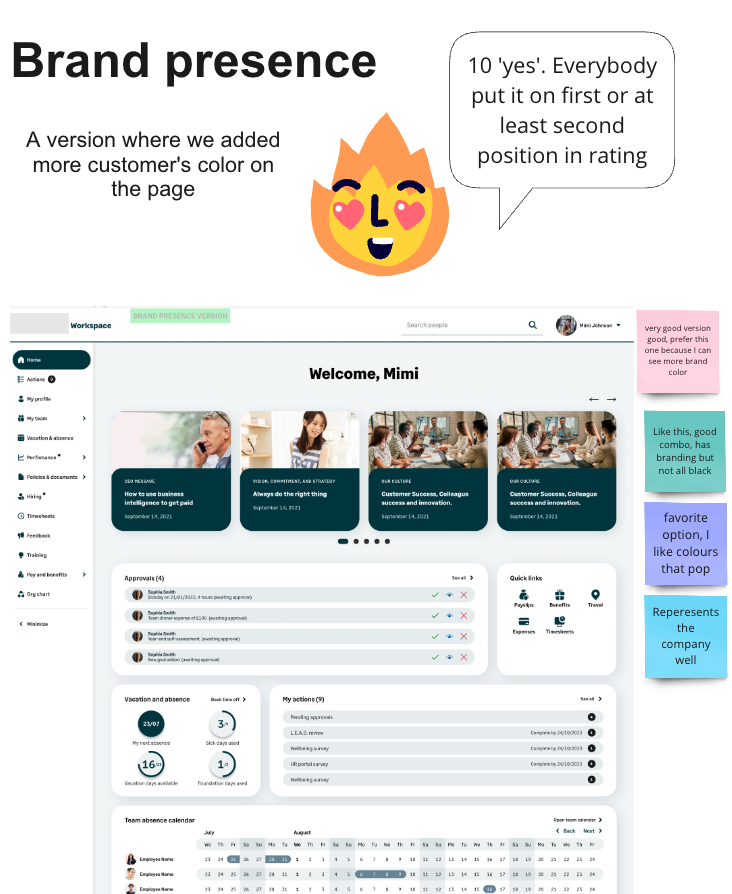
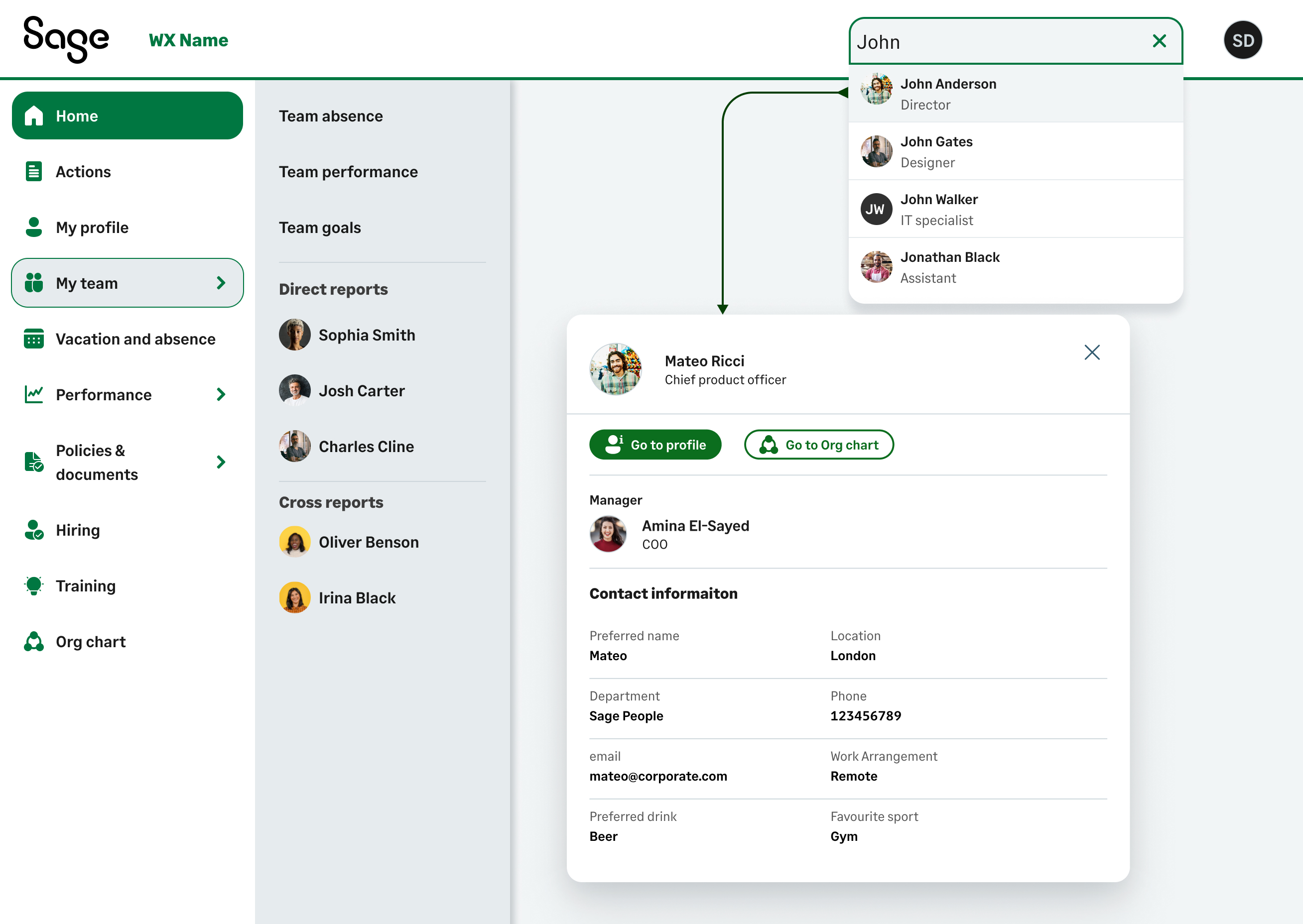

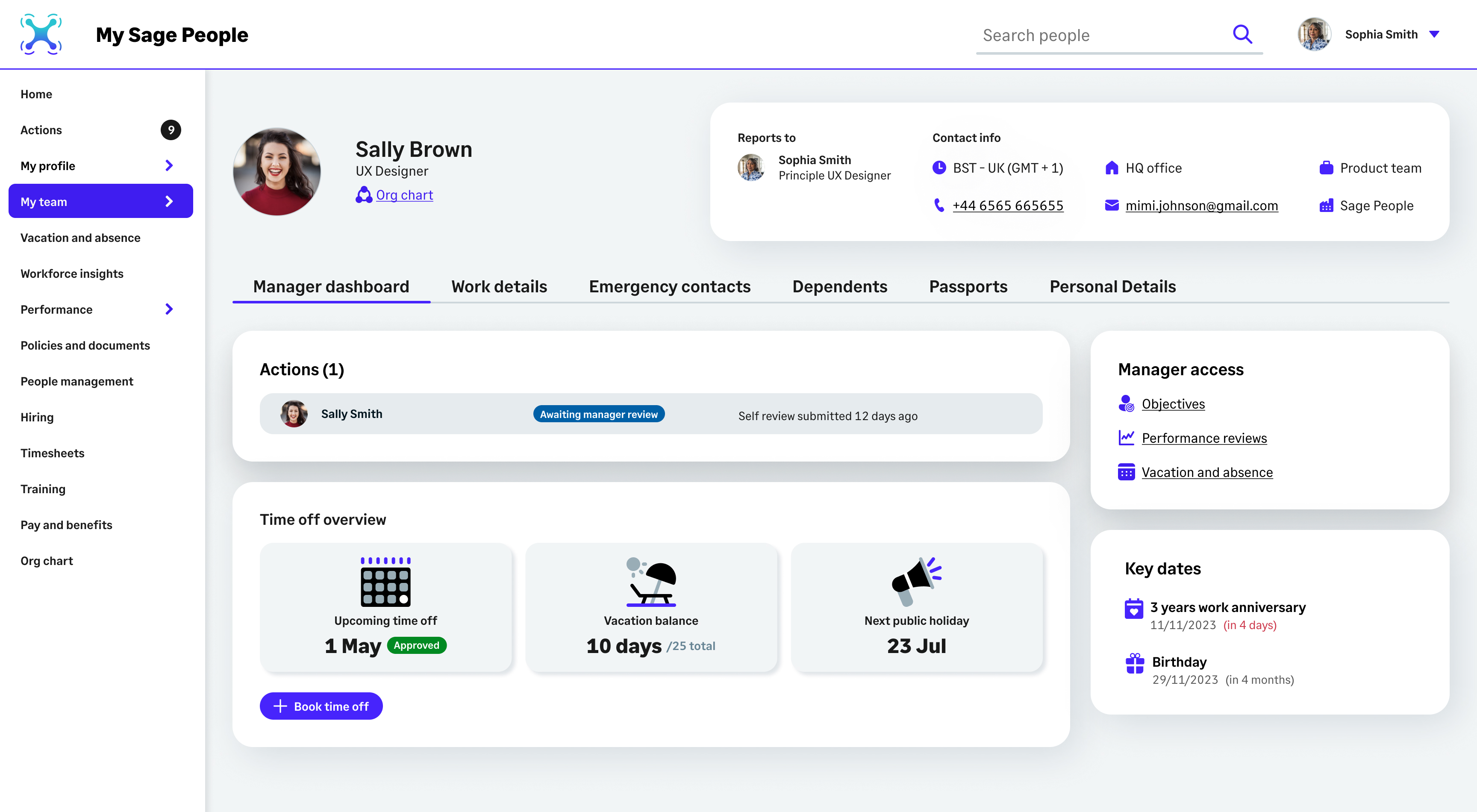

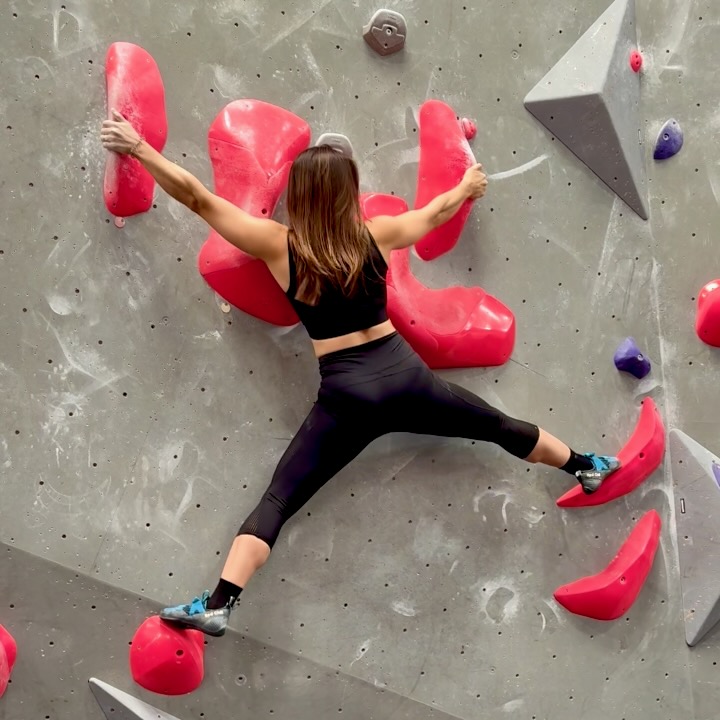
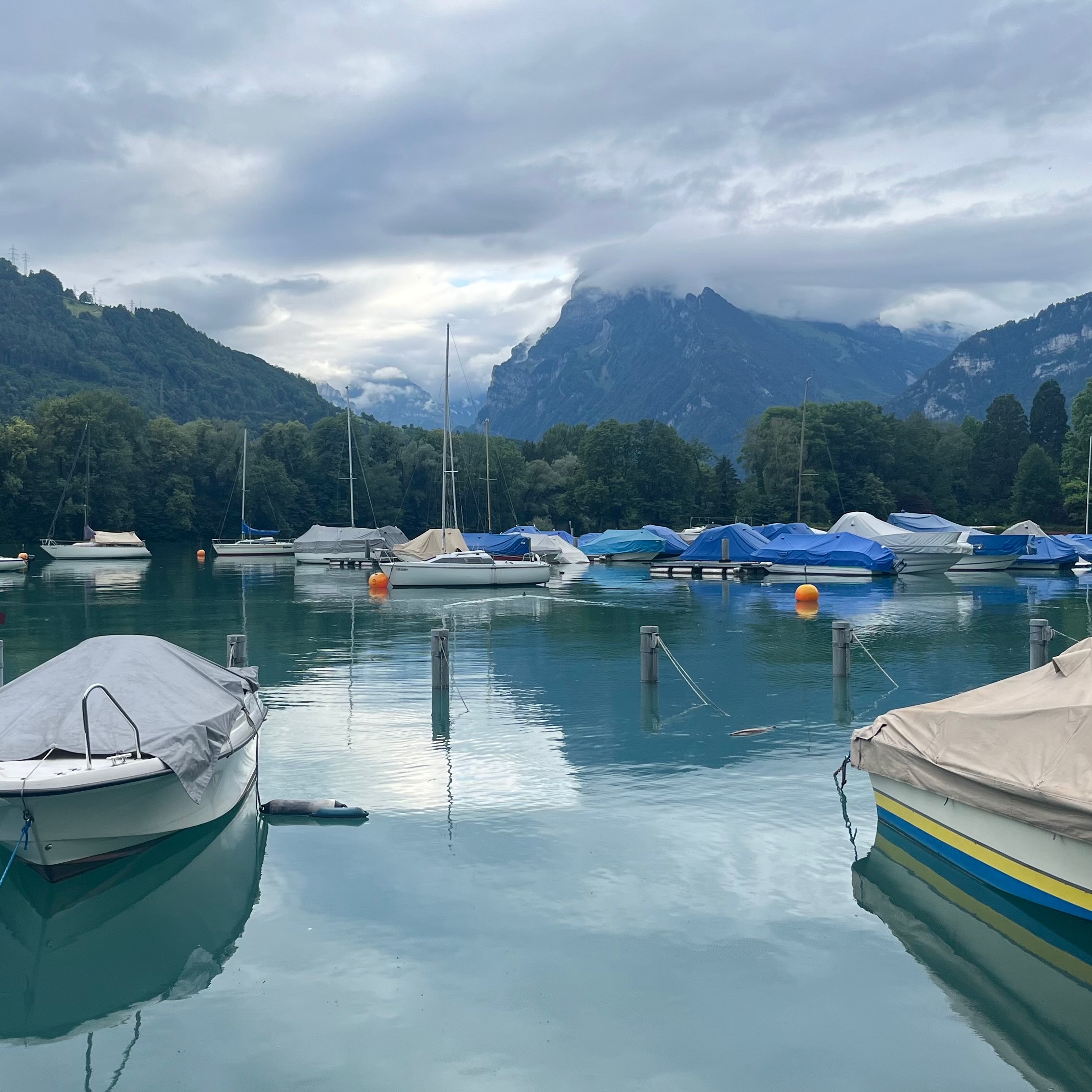
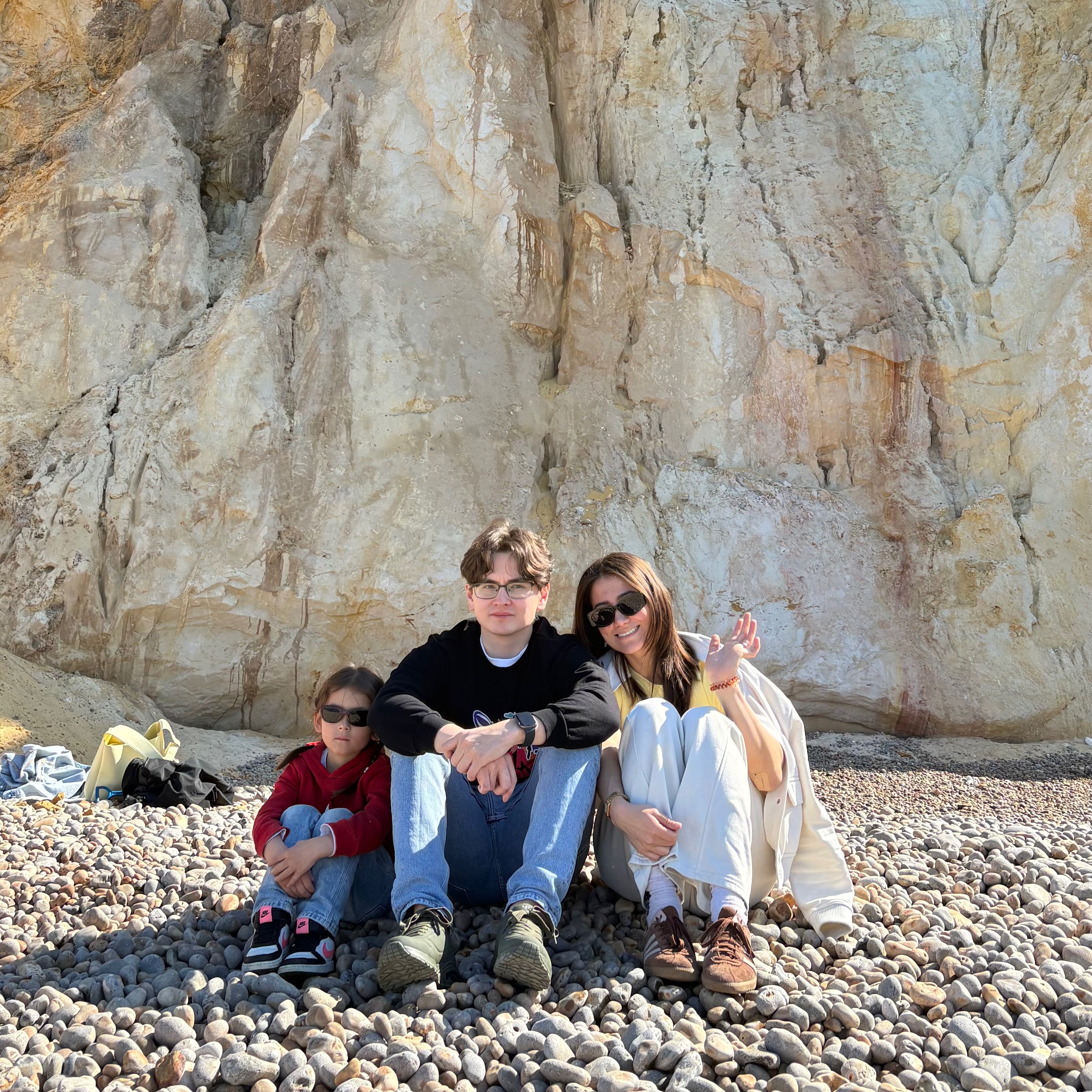
.jpeg)
